
elsewhere, a severe shortage when the first massive landing occurred. Almost all the productive
farmlands in the west, with the exception of the Klamath Basin, had been captured by the Posleen. So
most of the food for the Western Sub-Urbs had to be provided over a long, thin link across the
Northern Plains following I-94 and the Santa Fe Railroad. Sever that link and eighty-five million people
would slowly starve to death.
In the east it was much the same. The Appalachian line stretched from New York to Georgia and
linked up with the Tennessee River to create an uncrossable barrier from the St. Lawrence to the
Mississippi. The Appalachians, however, were nothing compared to the Rockies. Not only were they
lower throughout, but they had passes that were nearly as open as flatland. Thus the Posleen found
numerous places to assault all along the line. And the fighting at all of them, Roanoke, Rochester,
Chattanooga and others, had been intense and bloody. In all the gaps regular formations, mixed with
Galactic Armored Combat Suits and the elite Ten Thousand, battled day and night against seemingly
unending waves of Posleen. But the lines held. They held at times only because the survivors of an
assault were too tired to run, but they held. They bent from time to time but nowhere had they ever been
fully sundered.
The importance of the Appalachian defenses could not be overstated. With the loss of the coastal
plains, and much of the Great Plains, the sole remaining large areas for food production were Central
Canada, the Cumberland plateau and the Ohio Valley. And although the Canadian plains were high
quality grain production areas, their total production per acre was low and they were effectively unable
to produce a range of products. In addition, while there was increasing industry throughout British
Columbia and Quebec, the logistical problems of a broad-based economy in nearly sub-Arctic
conditions that had always plagued Canada continued even in the face of the Posleen threat. It was
impossible to shoehorn the entire surviving population of the U.S. into Canada and if they did the
survivors would be no better off than the Indians huddling in the Gujarrat and Himalayas.
Lose the Cumberland and Ohio and that would be for all practical purposes the end of active
defense. There would be humans left on the continent, but like all the other major continents, they would
be shattered survivors digging for scraps in the ruins.
Knowing that the lower Great Plains were indefensible the forces there, mostly armor and Galactic
armored suits, had retreated, never engaging unless they could inflict terrific casualties. This retreat had
ended near the Minnesota River for much the same reason as the Siberian retreat. However, the Posleen
had succeeded in one objective, whether they knew it was an objective or not. In the long withdrawal,
the 11thMI, the largest block of GalTech Armored Combat Suits on Earth, was destroyed.
All of these defenses were predicated on the Posleen's major weaknesses: inability to handle
artillery and inability to cross significant barriers. The God Kings were able to engage aircraft and
missiles with almost one hundred percent certainty but still were unable to stop indirect, free-flight
artillery. So as long as they were in artillery range of humans they were vulnerable. And because of their
odd mental dichotomy, it was virtually impossible for them to overrun modern defensive structures.
Posleen attacks that carried the first layer of a prepared defense normally involved casualty rates of one
hundred Posleen for every human killed; even with their overwhelming numbers they simply could not
take more than the front rank of a prepared defense. And virtually all the defenses along the Rockies and
Appalachians were layered with large units up and multiple supporting units. So the Posleen came on
and they died in such vast numbers that it was impossible to count. And they lost. Every time.
Now, in most areas humans crouched behind their redoubtable defenses while the Posleen created
a civilization just out of artillery range. And in between was a weed-choked and ghost-haunted
no-man's-land of shattered towns and ruined cities.
And it was this wilderness through which the LRRPs patrolled.
"Let's head out," Mosovich said quietly, slipping his binoculars into their case. The binos were old
technology, not even light gathering, but in conditions like this they worked well enough. And he liked to
have a completely nonelectronic backup; batteries, even GalTech batteries, ran out. "I suspect those
guys were headed south towards our target."
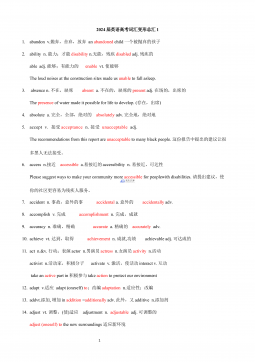
 2024-12-06 4
2024-12-06 4
 2024-12-06 11
2024-12-06 11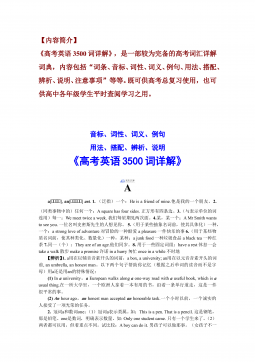
 2024-12-06 29
2024-12-06 29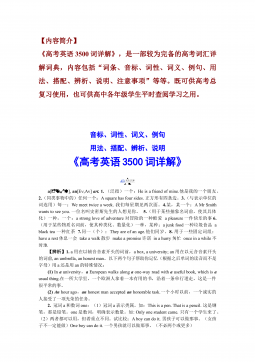
 2024-12-06 26
2024-12-06 26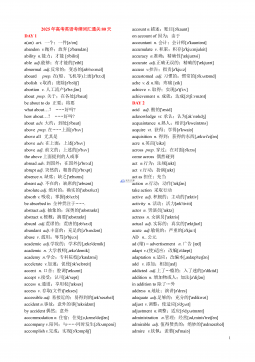
 2024-12-06 29
2024-12-06 29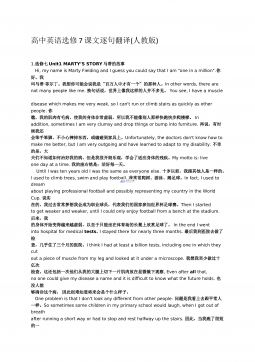
 2024-12-06 11
2024-12-06 11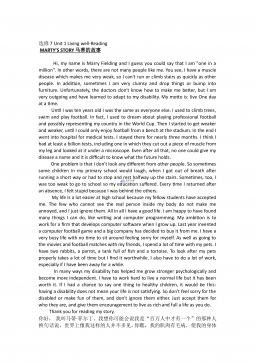
 2024-12-06 35
2024-12-06 35
 2024-12-06 12
2024-12-06 12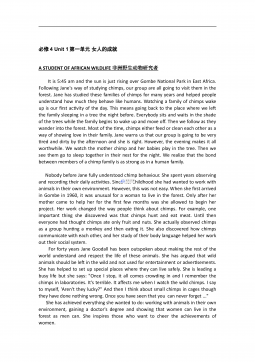
 2024-12-06 40
2024-12-06 40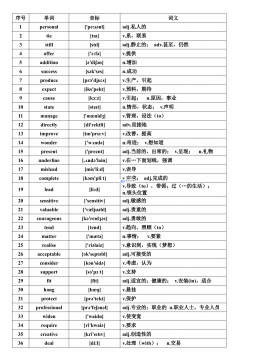
 2024-12-06 28
2024-12-06 28






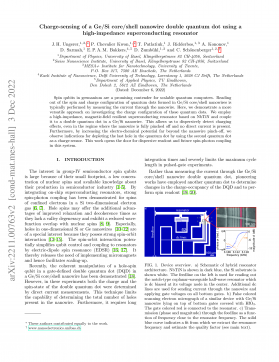
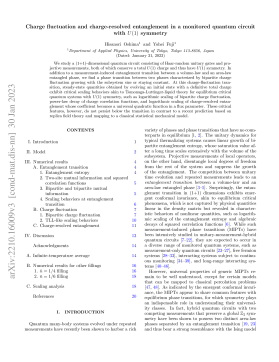
 渝公网安备50010702506394
渝公网安备50010702506394
